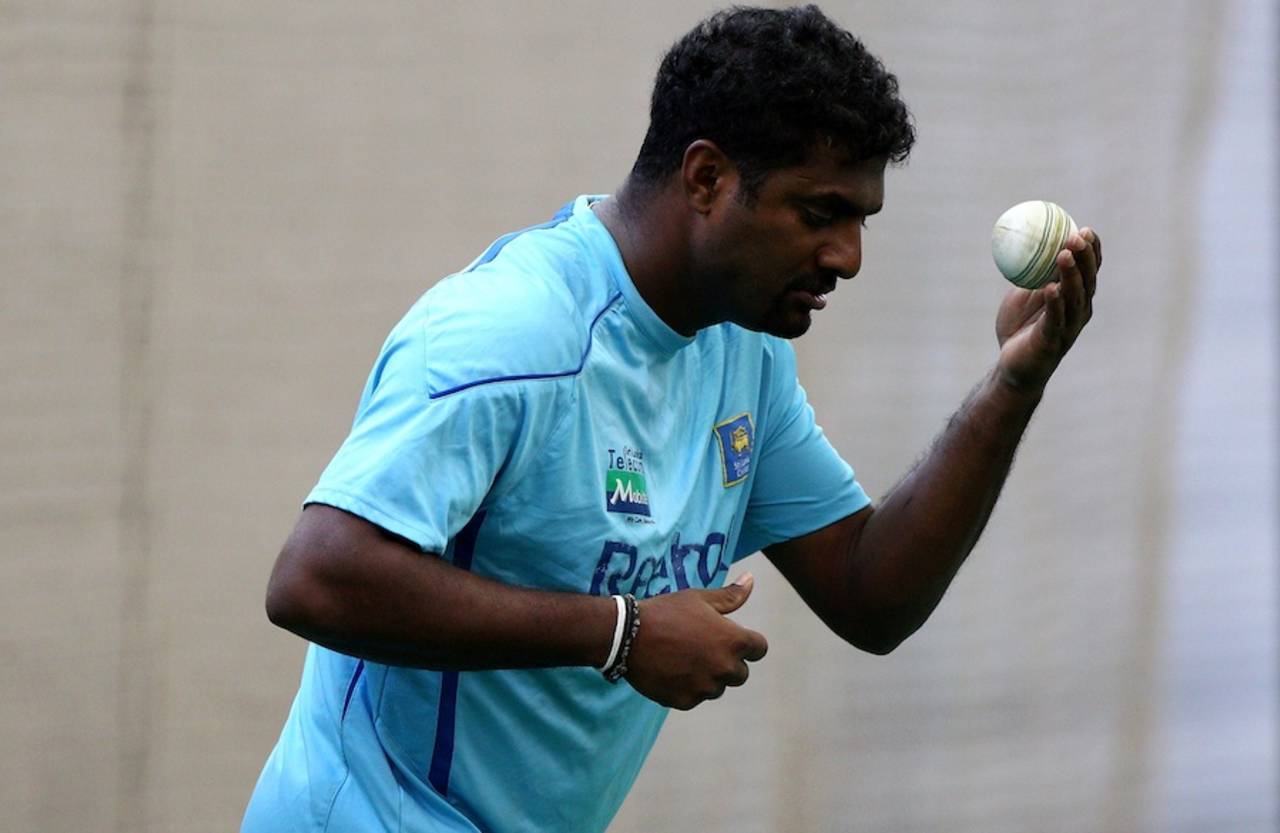Last Sunday, on a typically English and gloomy summer afternoon, with a wet cricket ball flitting across the dark landscape of rain clouds and umber fields, a total of 15 catches were dropped. My team, the Authors Cricket Club, put 11 of those on the turf. Including a spill from the match on Saturday, I've now had five consecutive chances off my spin bowling hit the deck. And although none of these were absolute dollies - certainly not considering the backdrop and the light and the soap-like surface of the sodden leather - the words of
Raymond Illingworth rang like a bell: "As a spin bowler you will quickly come to realise how much you need your team-mates."
Illingworth values his fielders so much that he devotes an entire chapter to them ("Support from the team") in his 1979 book, Spin Bowling. He declares that "a good fielding side will turn an average bowler into a successful one", and that as great as his Test comrades Colin Cowdrey, Ken Higgs and Colin Milburn were, replacing them with David Gower and Derek Randall was worth three runs saved an over.
Now, before anyone paints me as the raging bowler doing his best Stuart Broad hands-on-hips double-teapot while bellowing expletives at some poor chap who's nursing a bruised hand, please know I'm not that ogre. Illingworth says he "tried never to get angry at someone for missing a catch" - even in Adelaide in 1963, when he had Neil Harvey put down at slip and then at square leg the very next delivery before Harvey went on to make 154. I might not shout about the dropped catches, but like Illingworth, and elephants, I can't forget.
Spin bowling, I've discovered, can be exasperating. "There is no greater test of a spinner's temperament than to see a catch put down," Illingworth confers. This is hardly a revelation, but there is comfort in knowing the great man was dying inside when he saw his grand plans torn up by a juggled ball thudding on the ground.
Earlier this year I wrote a piece on the
joys of learning legspin. All winter I toiled in the nets, working on a shined-up leggie delivered with a fixed seam, catching the air like an outswinger and then ripping away towards first slip. Between the full tosses and the long hops, it worked. More than that, it was a genuine jaffa. I had batsmen poking and edging, and pictured the season's successes. I even regretted ever trying to bowl fast and wished I'd started out with legspin in my teens.
Then the season started. Slow pitches meant length had to be immaculate, and the edges I counted as wickets in the nets scuttled down to third man or through the slips for runs. The balls that beat the bat were just that. Frustrating dots. And the more I tried to whip it down at a decent rip, a pacey Anil Kumble turner rather than a floating dobber, my shoulder hurt. Bowling legspin, I've discovered, is an alien motion to force on the human body. Especially on one that is over 40 years old and has a host of joint injuries.
So, on the Sunday night drive back to London, after the Festival of Dropped Catches, which also involved a cricket match, my thoughts turned to wristspin's less fashionable brother, offspin. The ball that hits the stumps if the batsman misses rather than the keeper's gloves.
Legspin wickets come from catches and stumpings, and that the best balls simply miss the stumps. At the other end the offspinner takes all the glory
"Off-spin," writes Amol Rajan in Twirlymen: The Unlikely History of Cricket's Greatest Spin Bowlers, "is a defensive form of bowling liable to be ineffective in all but the most helpful conditions." It is, he argues, "the ultimate fate of almost all club cricketers of advancing age".
Turning the page I'm glad to discover that Rajan is setting up the reader, much like a wily spinner, by introducing this lazily accepted wisdom. He goes on to disprove the myth by pointing out that cricket's leading twirlyman, Muttiah Muralitharan, is an offspinner ("albeit an unusual one with physical advantages that few other bowlers will have") and that two other members of the elite club with 300 or more Test wickets are Harbhajan Singh and Lance Gibbs. And not forgetting those 19 Australian scalps in a single Test in 1956 when Jim Laker turned the ball back in to the batsman to devastating effect.
Perhaps offspin, rather than being the boring nerd of the spinning brethren, is actually the forgotten genius? Part of my unwillingness to join the Amateur Offspin Brigade is what I perceive to be its inherent, how can we say, lack of sex appeal. I grew up wanting to bowl fast. My heroes were Malcolm Marshall, Wasim Akram, Dennis Lillee and Harold Larwood. Not John Emburey and Phil Edmonds. And certainly not Leicestershire's spinner in the 1980s, Peter Such - now the ECB's lead spin bowling coach.
But the fact remains that it's a ball I can bowl. Again and again, on a length on or just outside off stump. And after 30 years of bowling awayswing, my arm ball is pretty useful too. Suddenly my legspin dotage looks ill-founded.
The final word of timely advice arrived in my mailbox just before I went to bed that Sunday evening, anxious about a season ahead of edges and skiers falling back to earth. My fellow Author - and more importantly the father of a teenage legspin prodigy - Richard Beard explained that legspin wickets come from catches and stumpings, and that the best balls simply miss the stumps. While at the other end the offspinner takes all the glory.
Hmm, glory. I like the sound of that.
To be continued...
Nicholas Hogg is a co-founder of the Authors Cricket Club. His third novel, TOKYO, is out now. @nicholas_hogg
